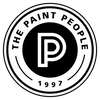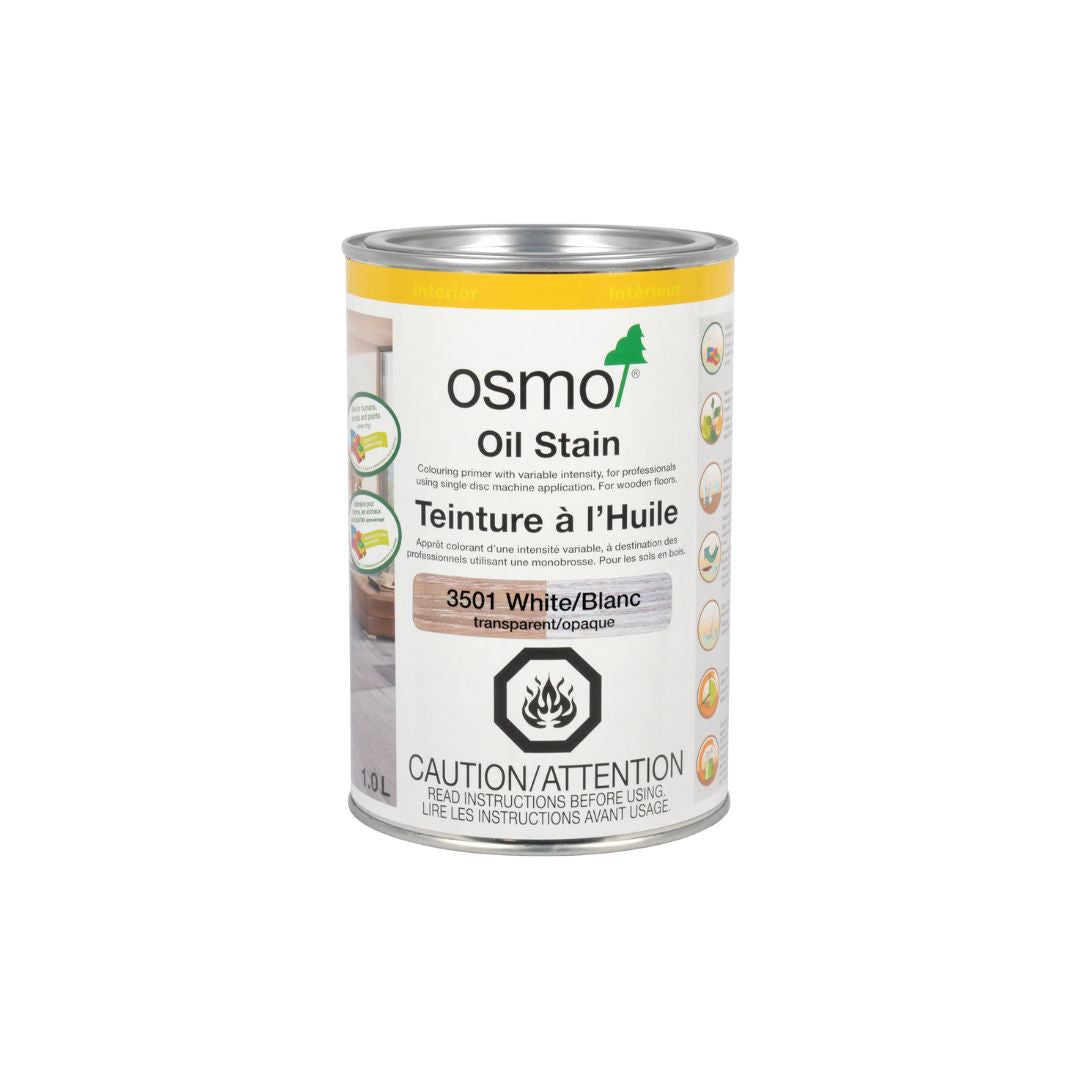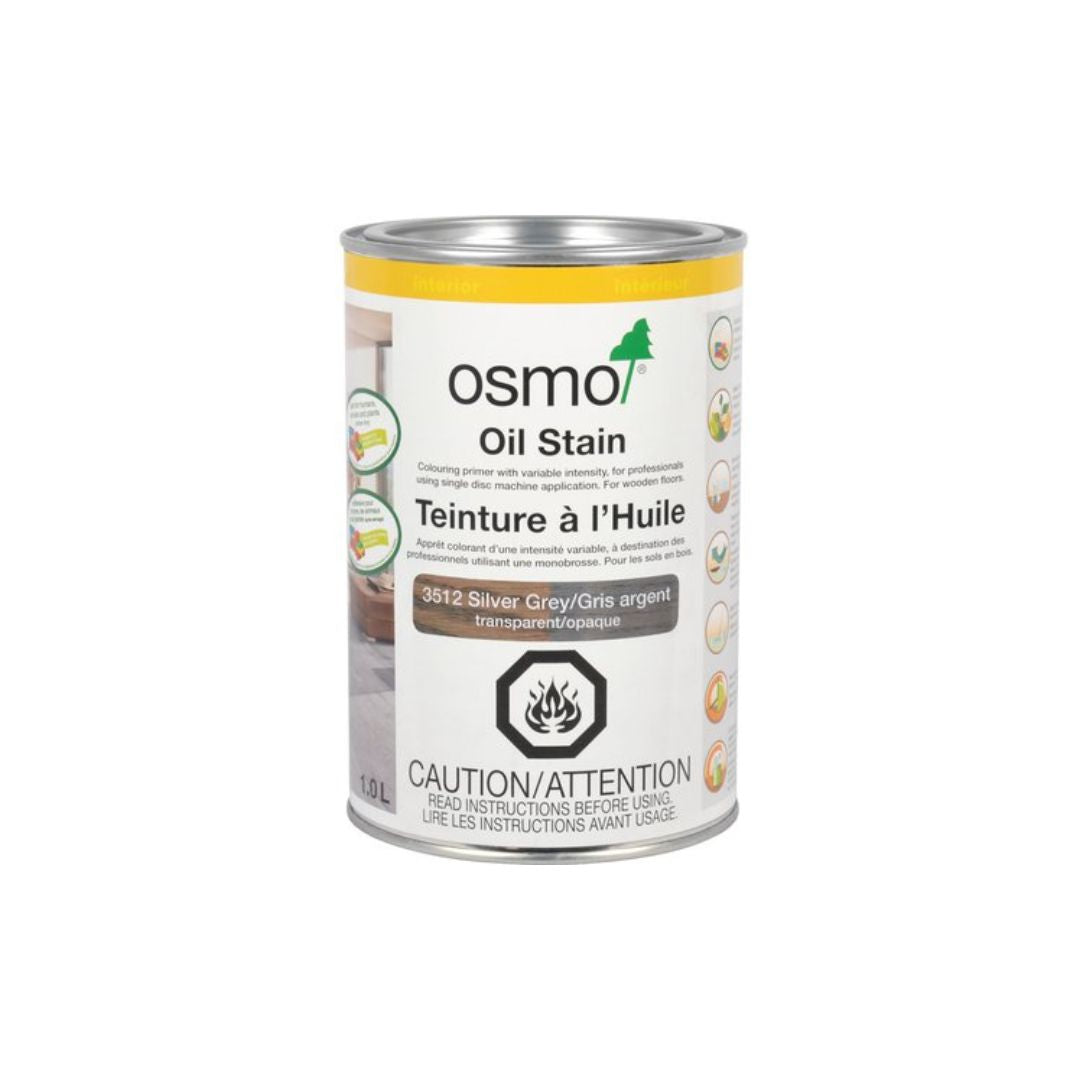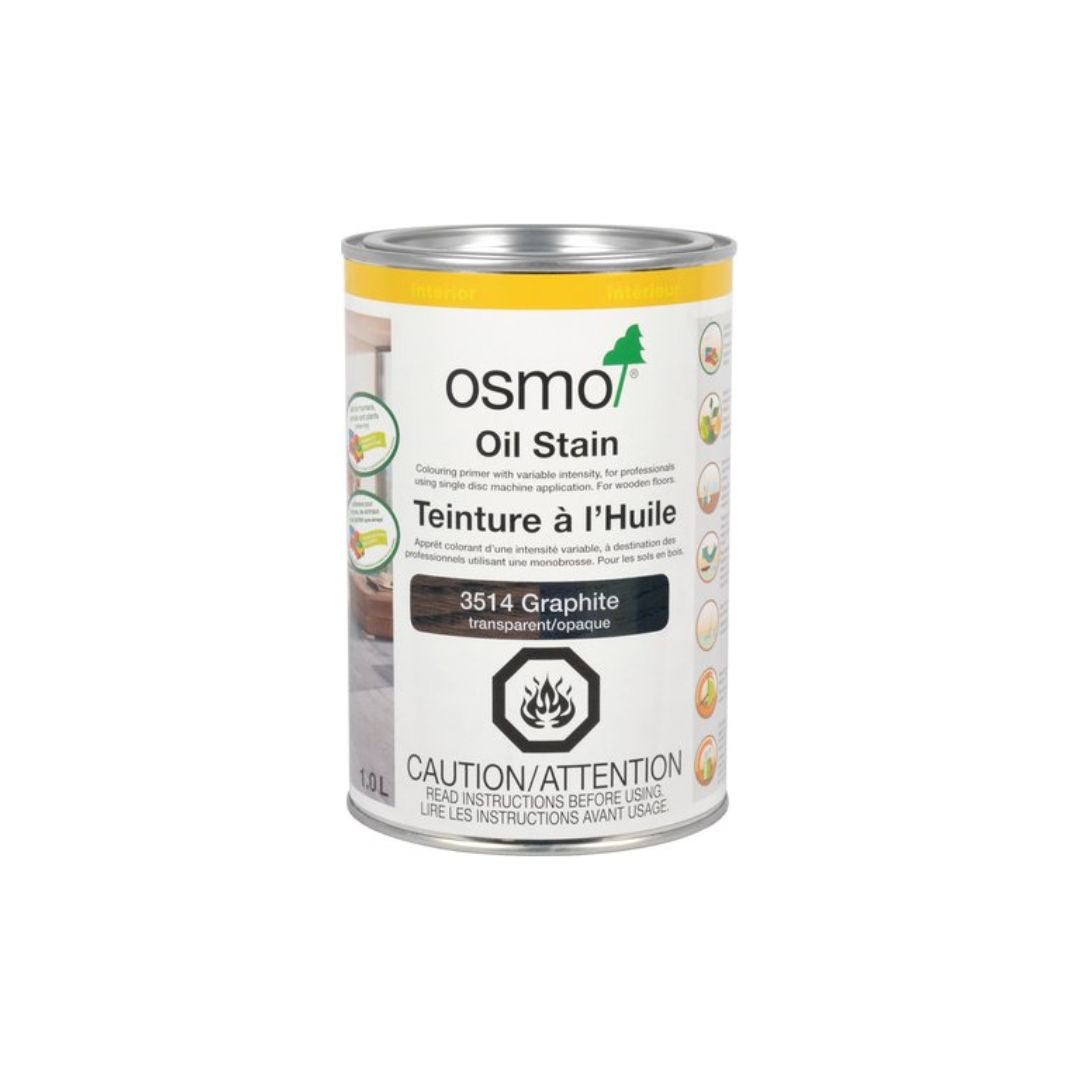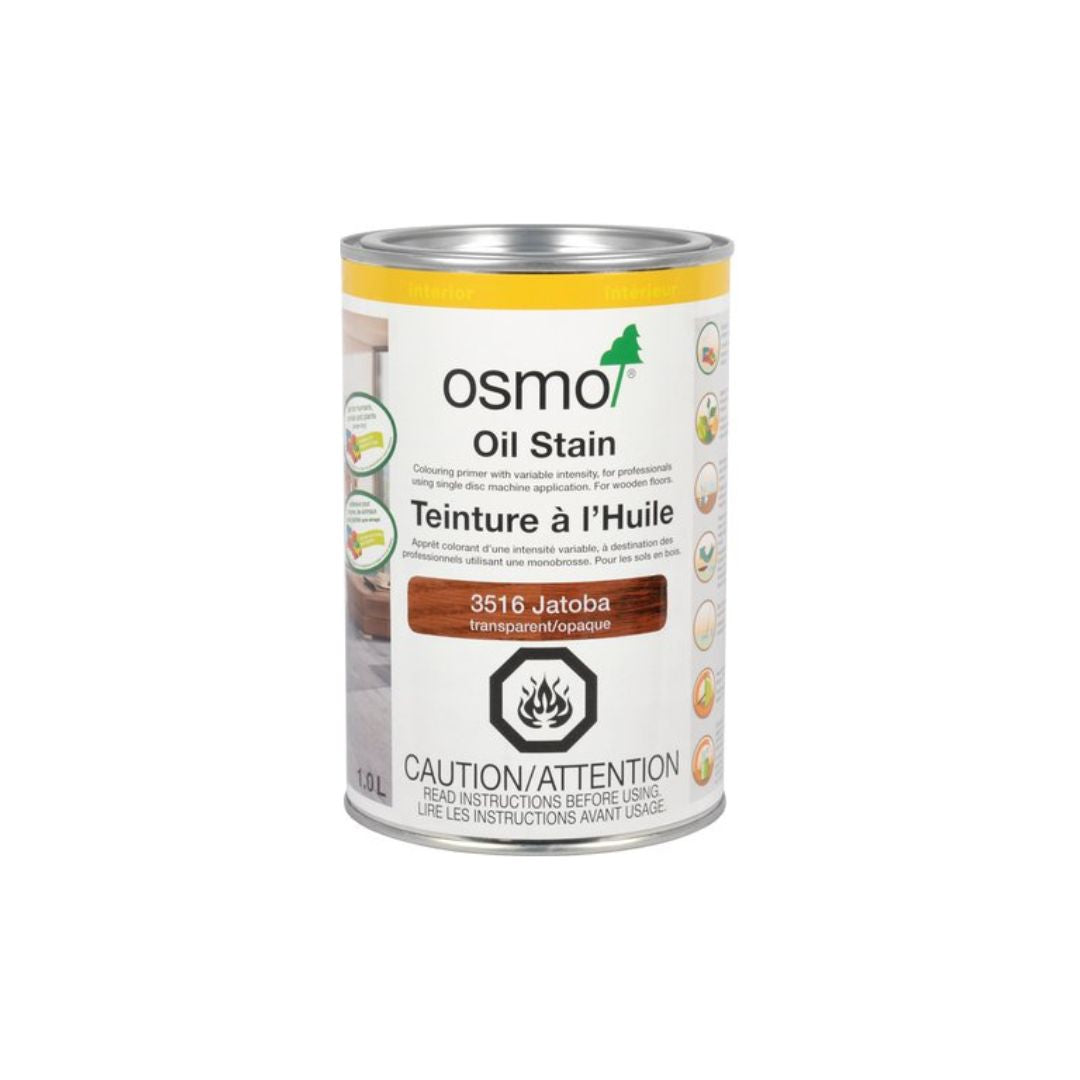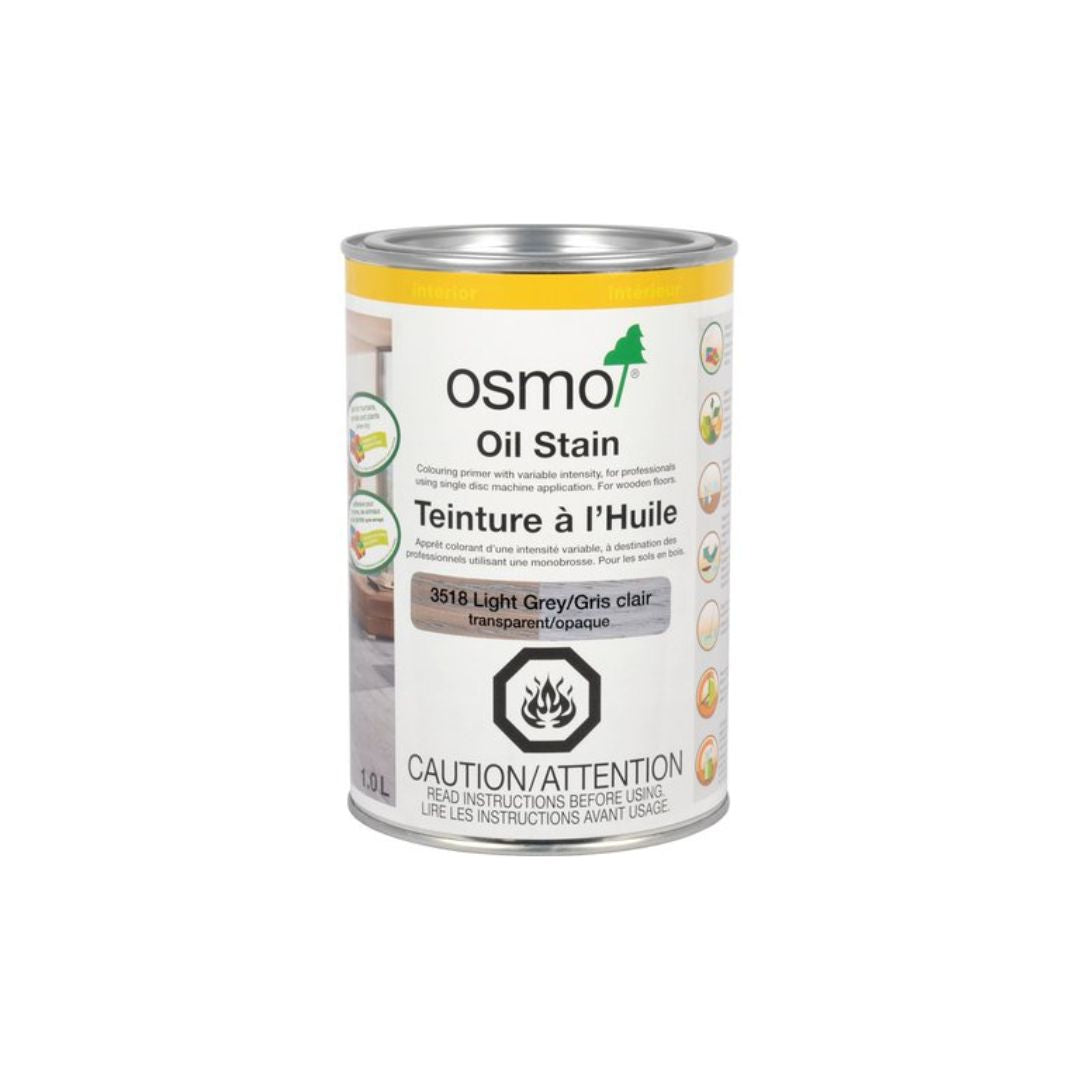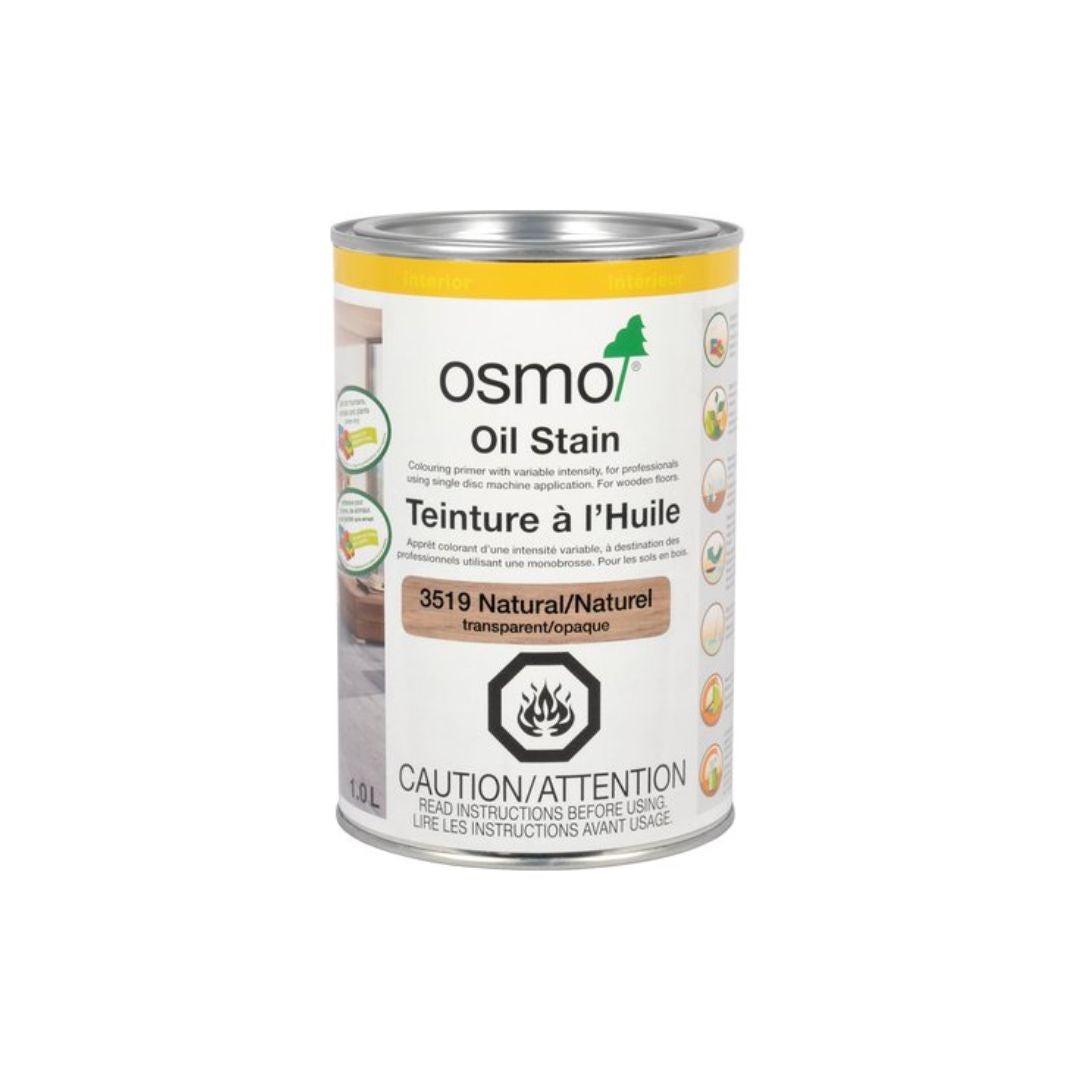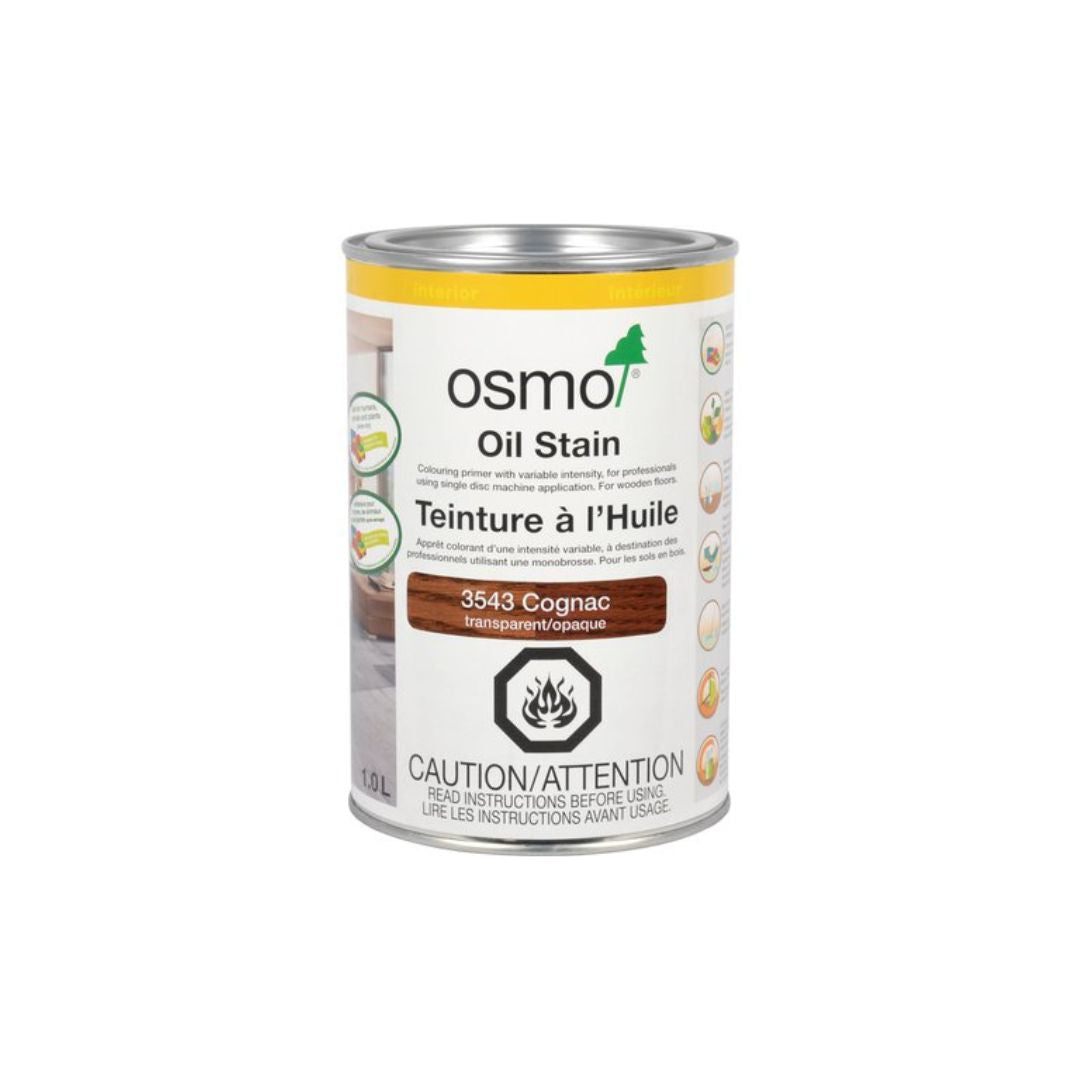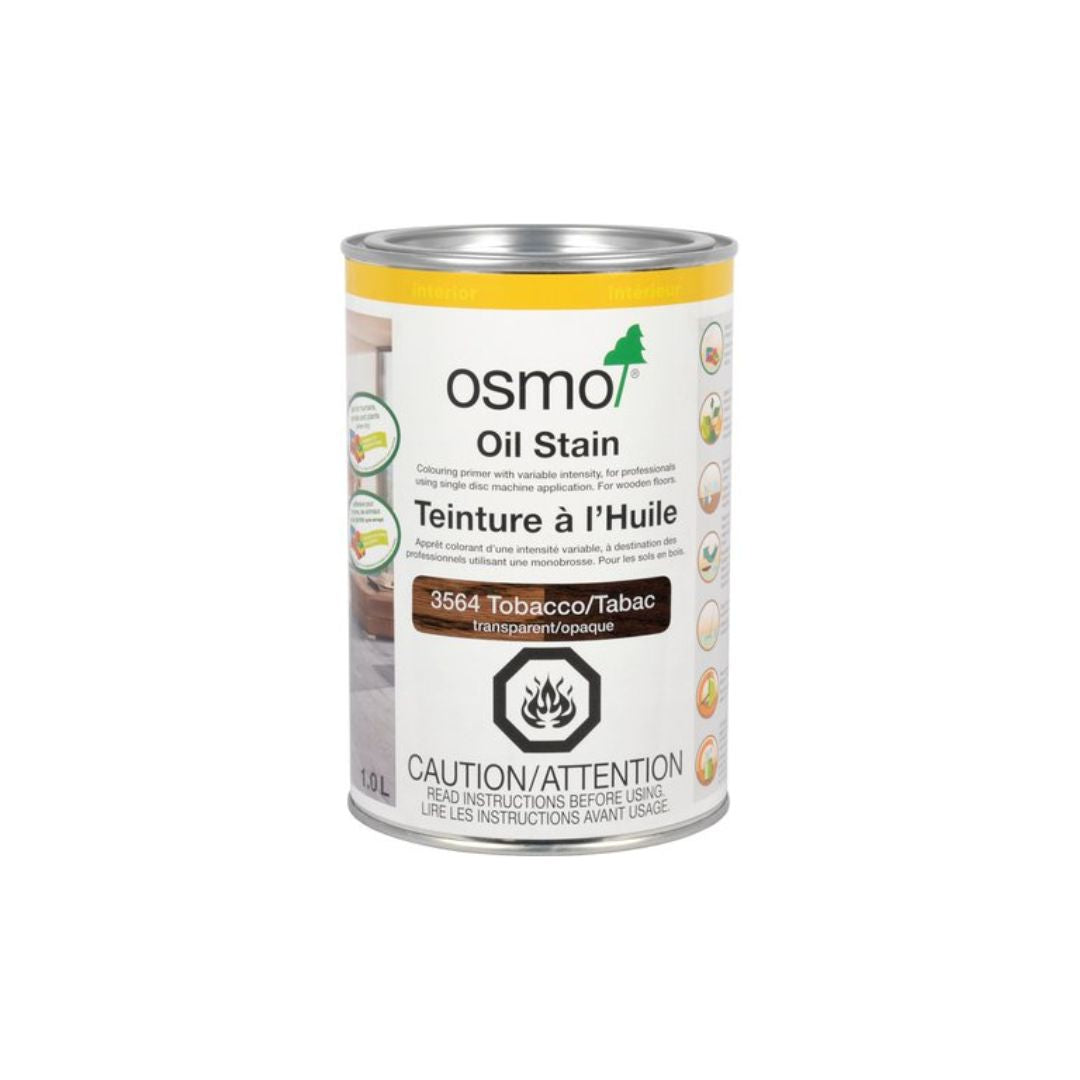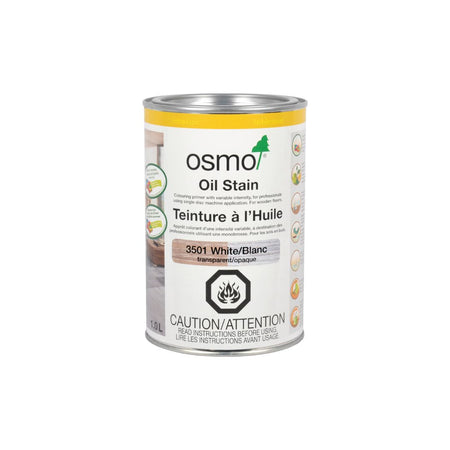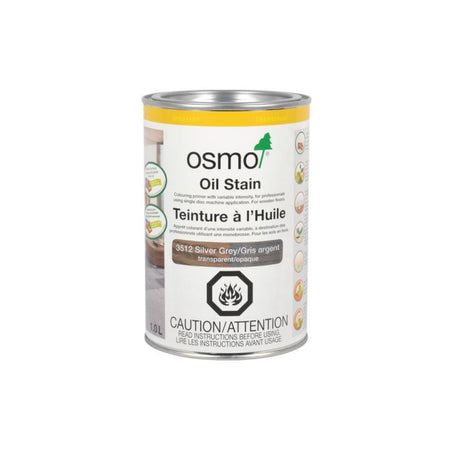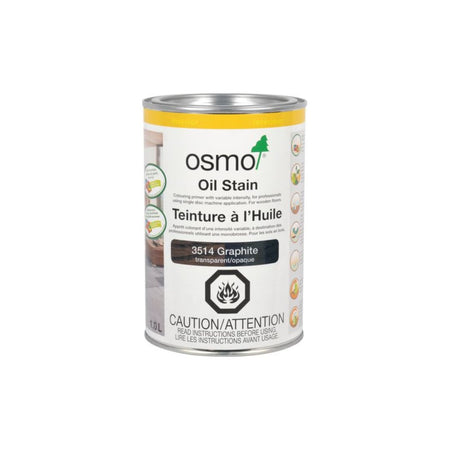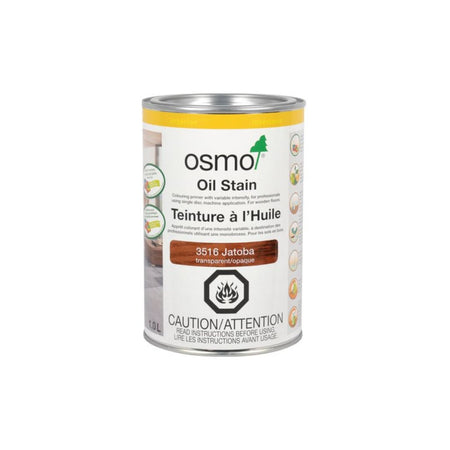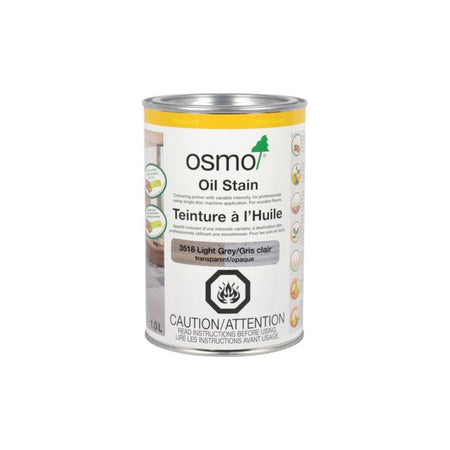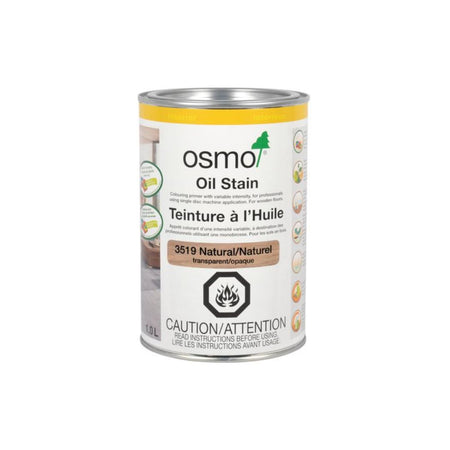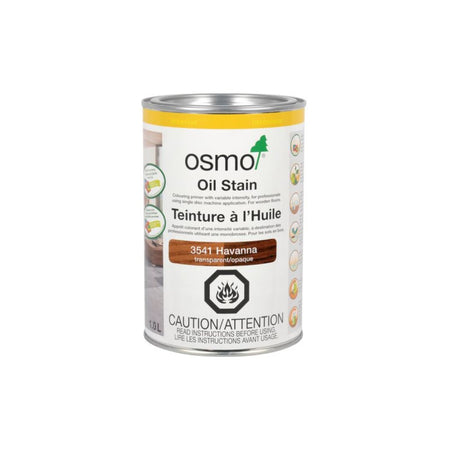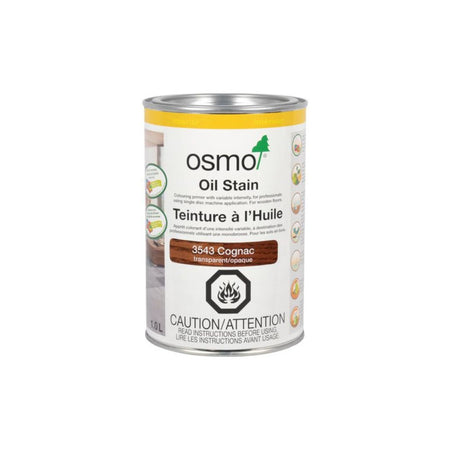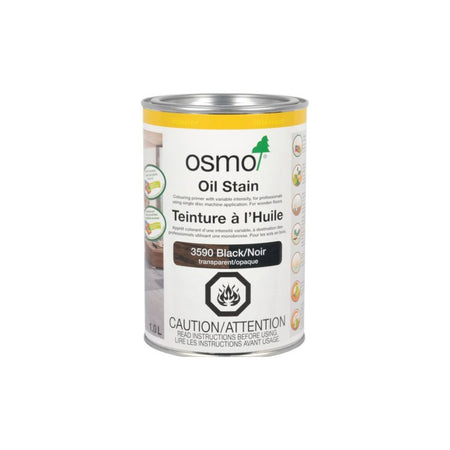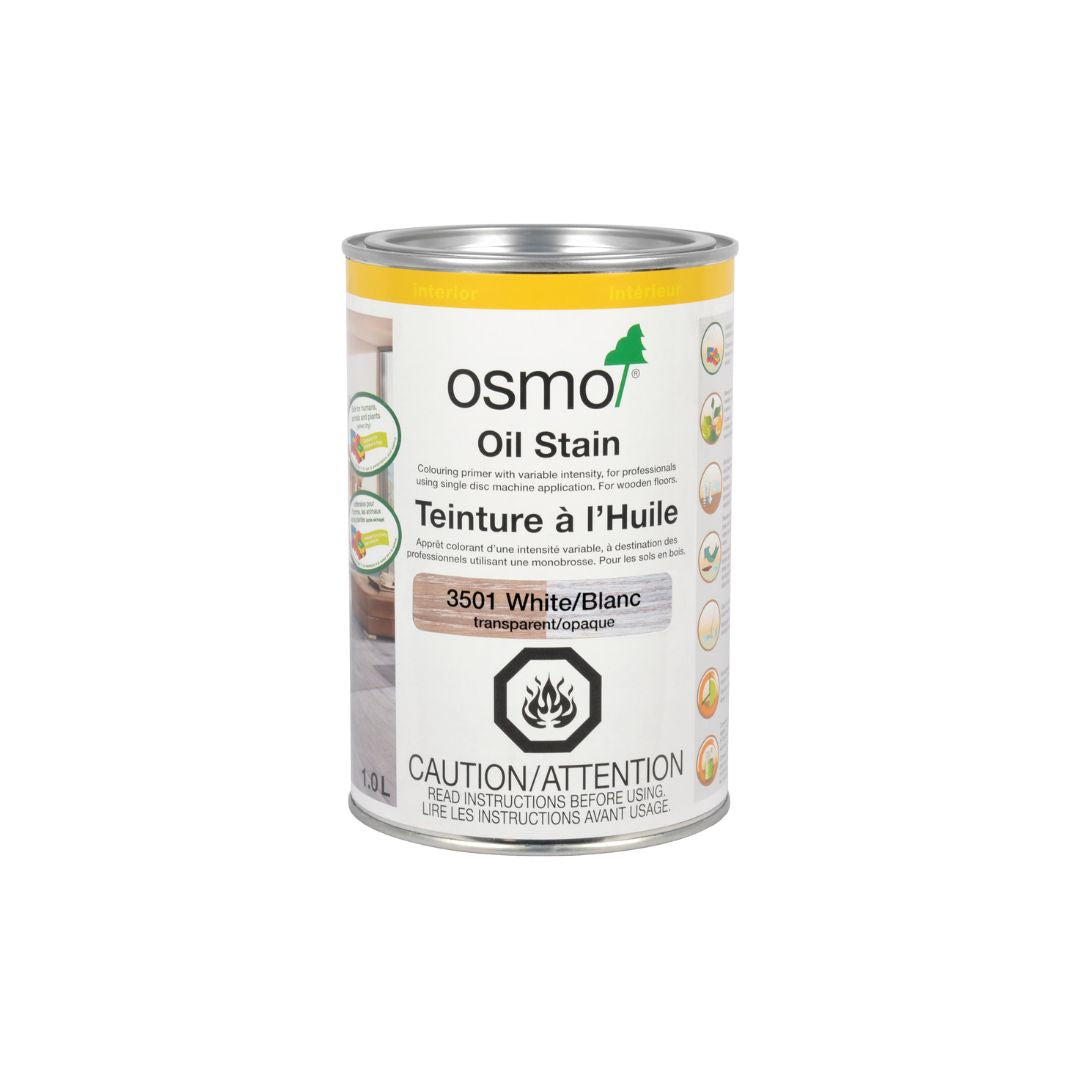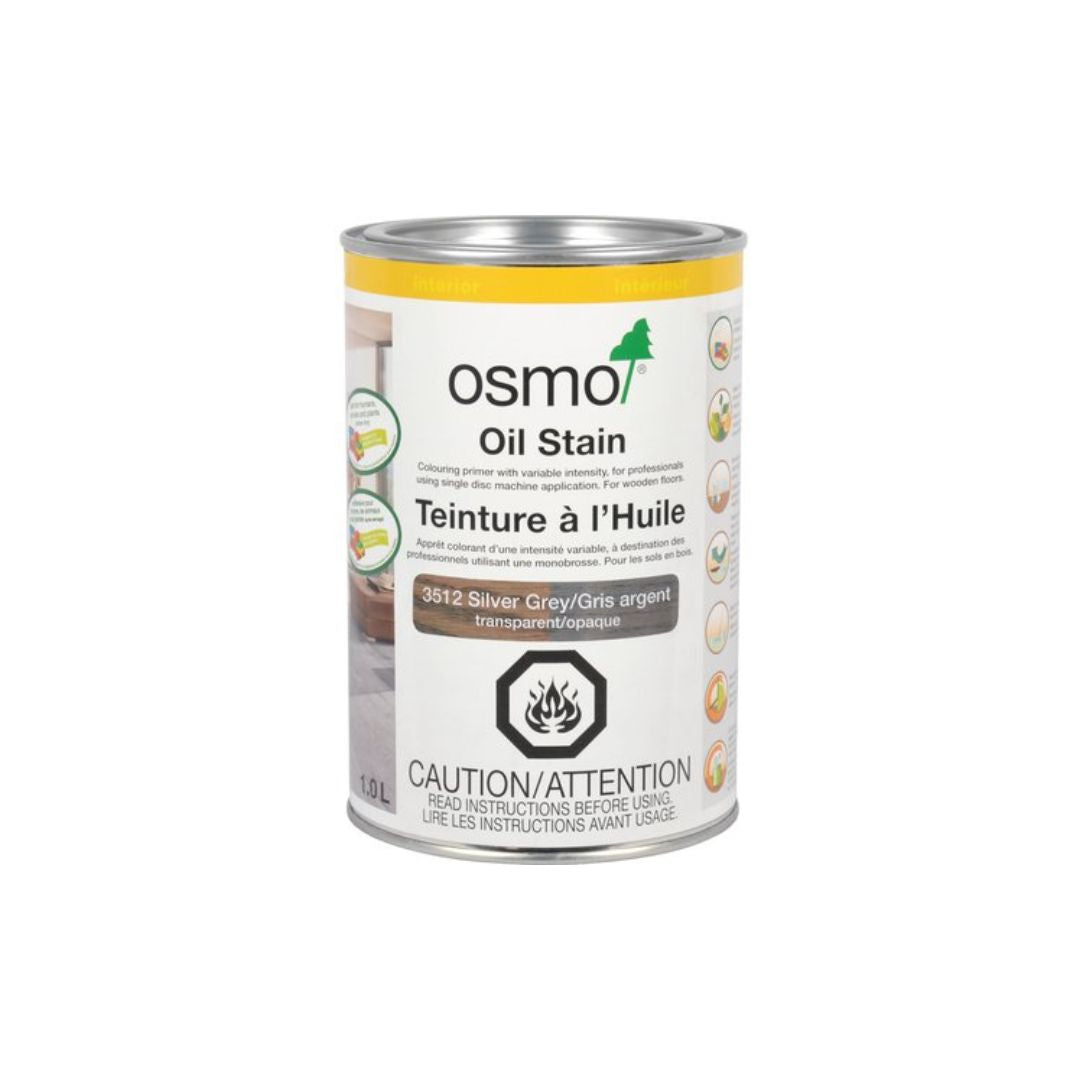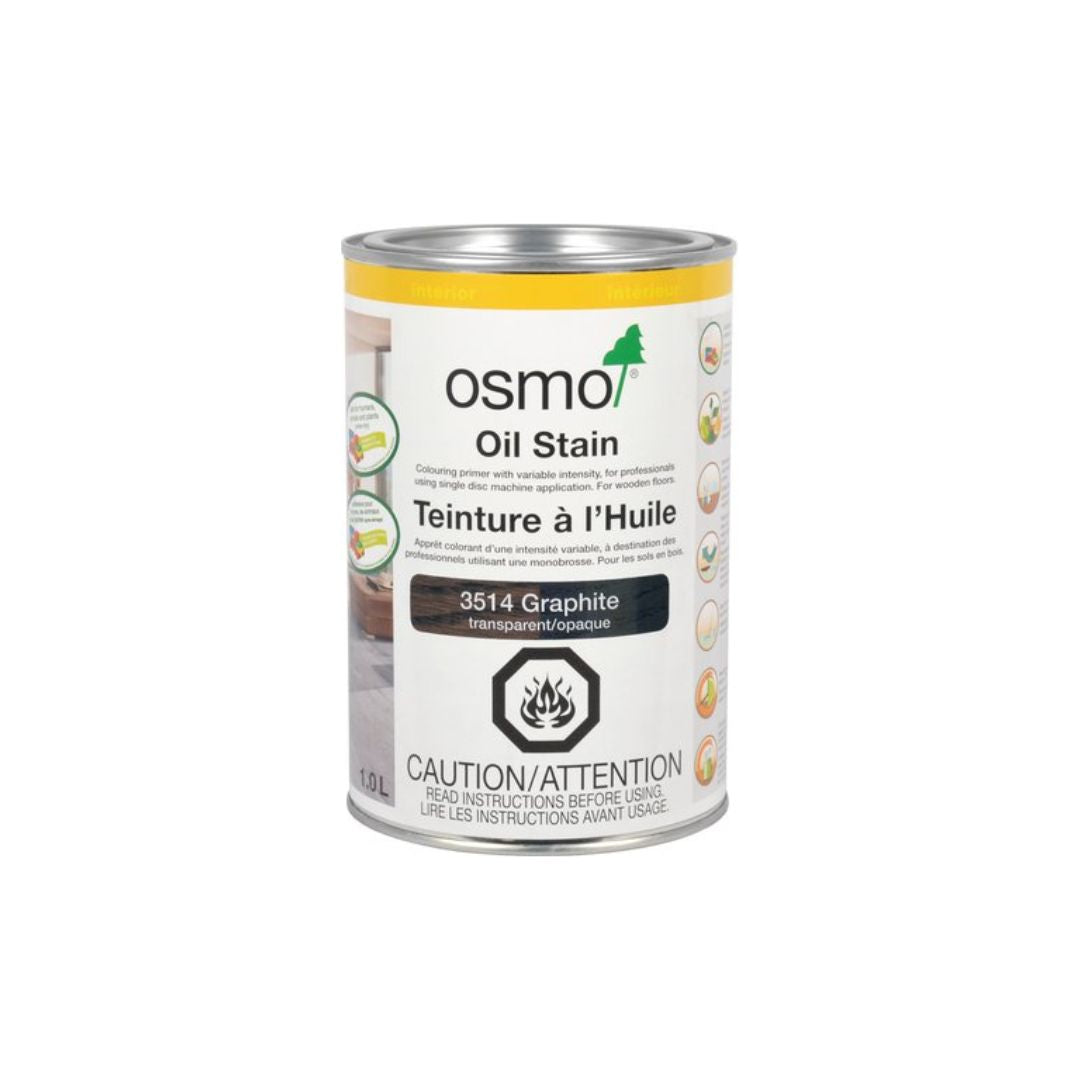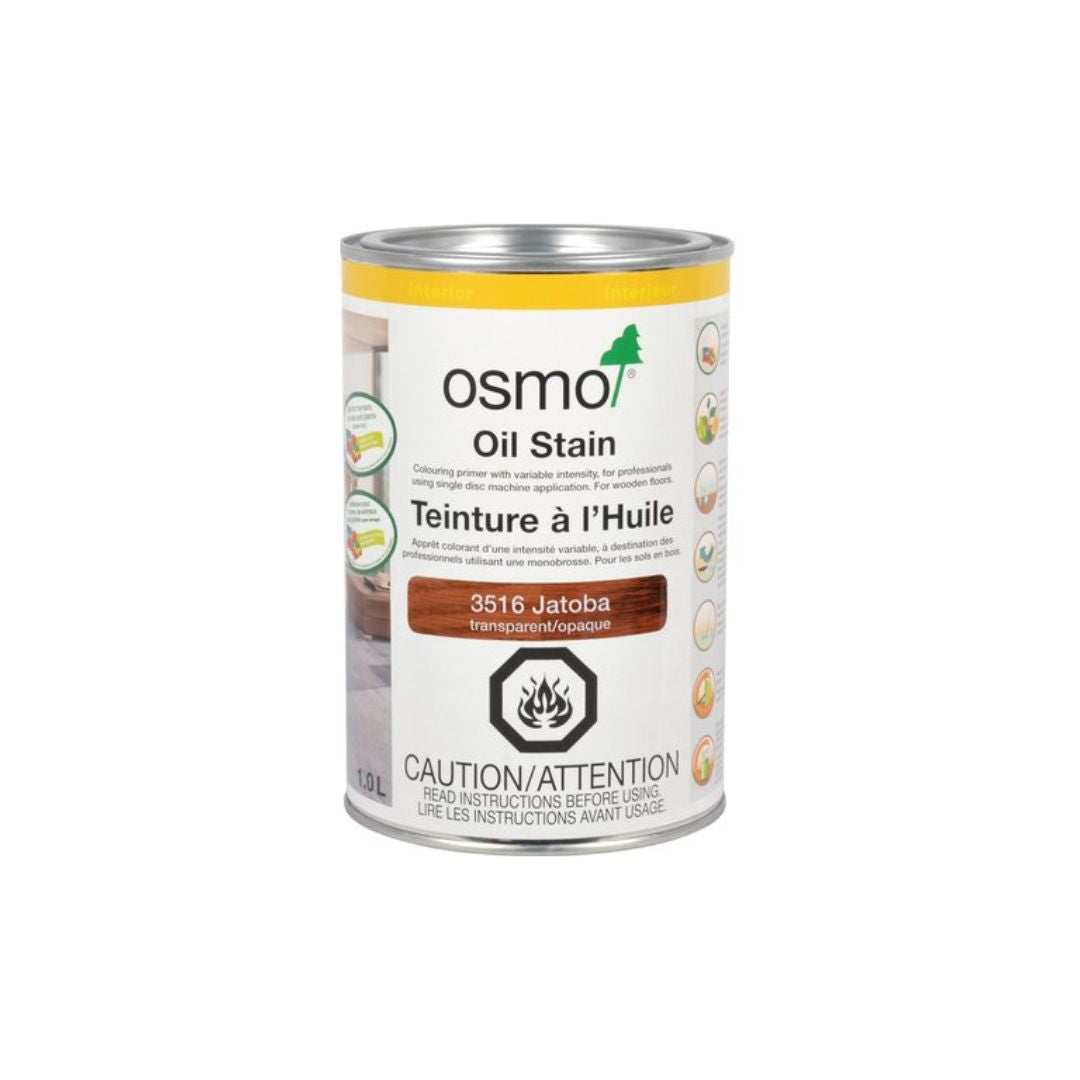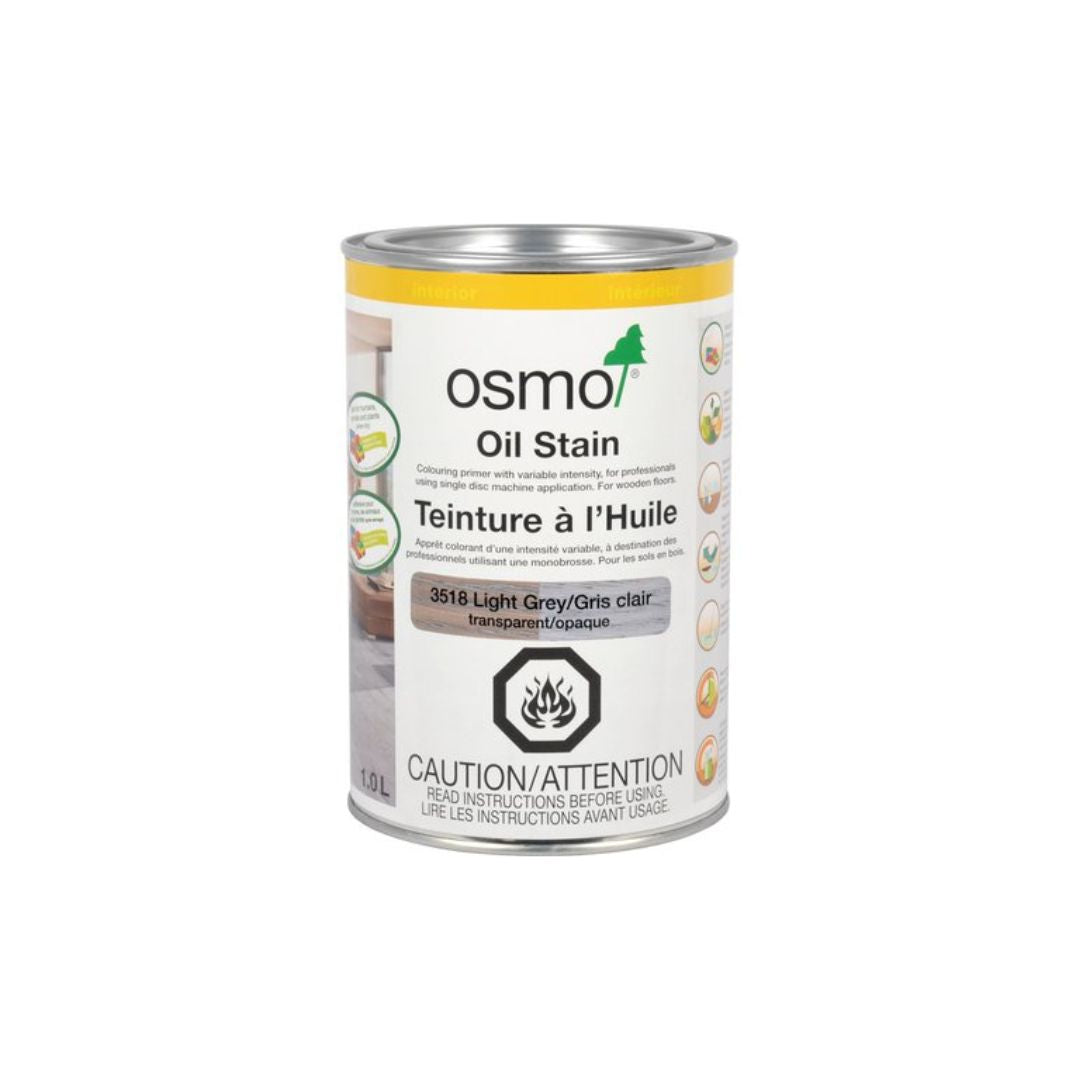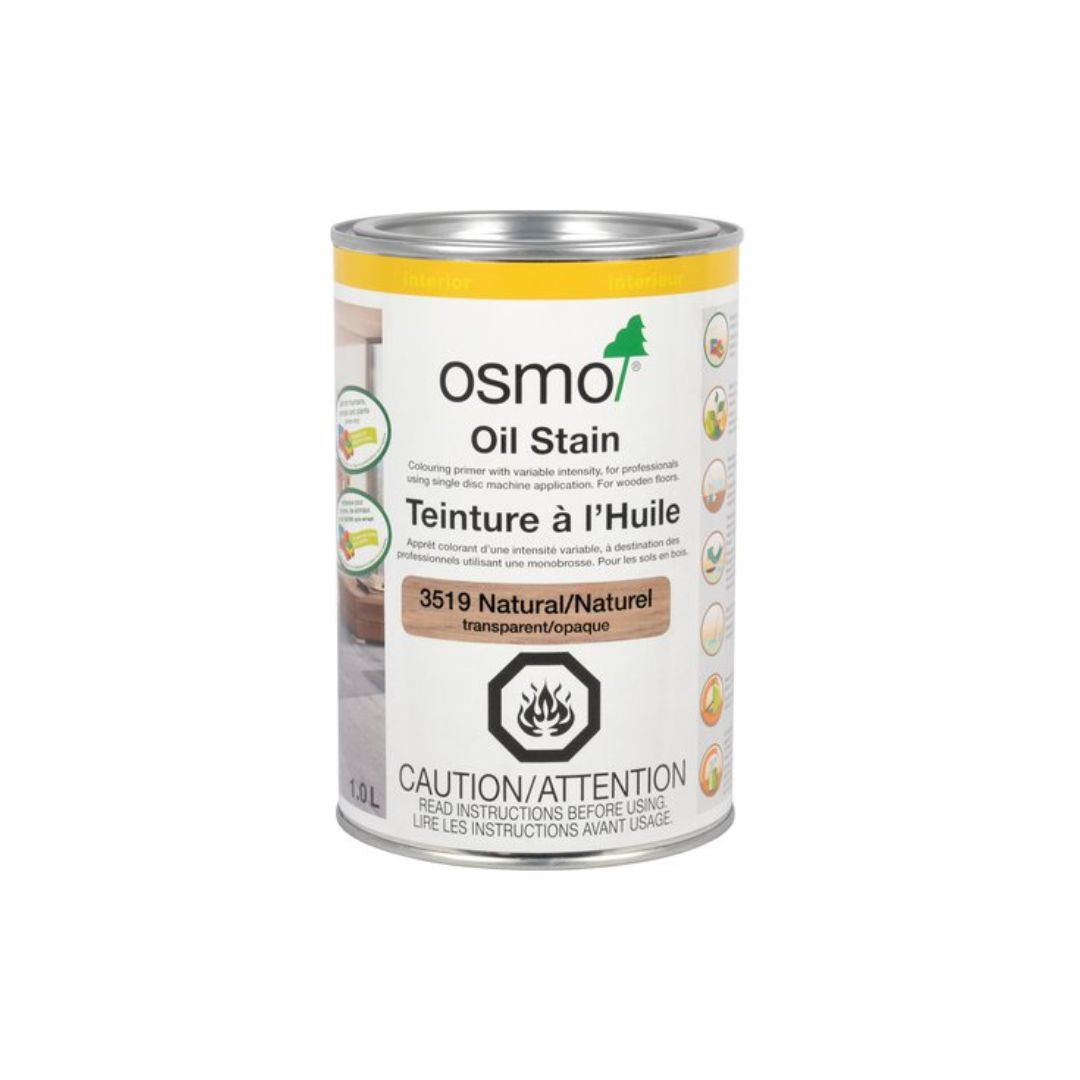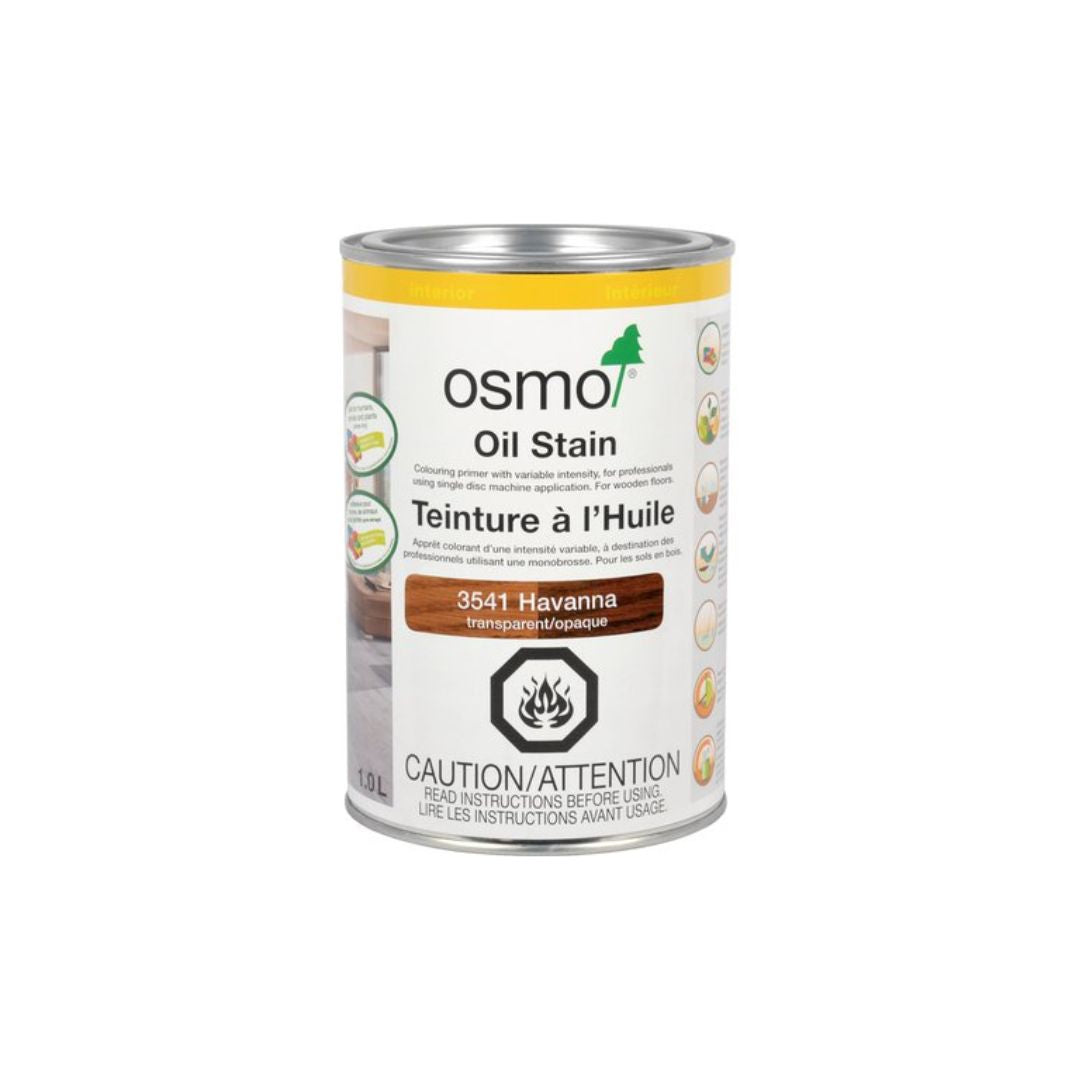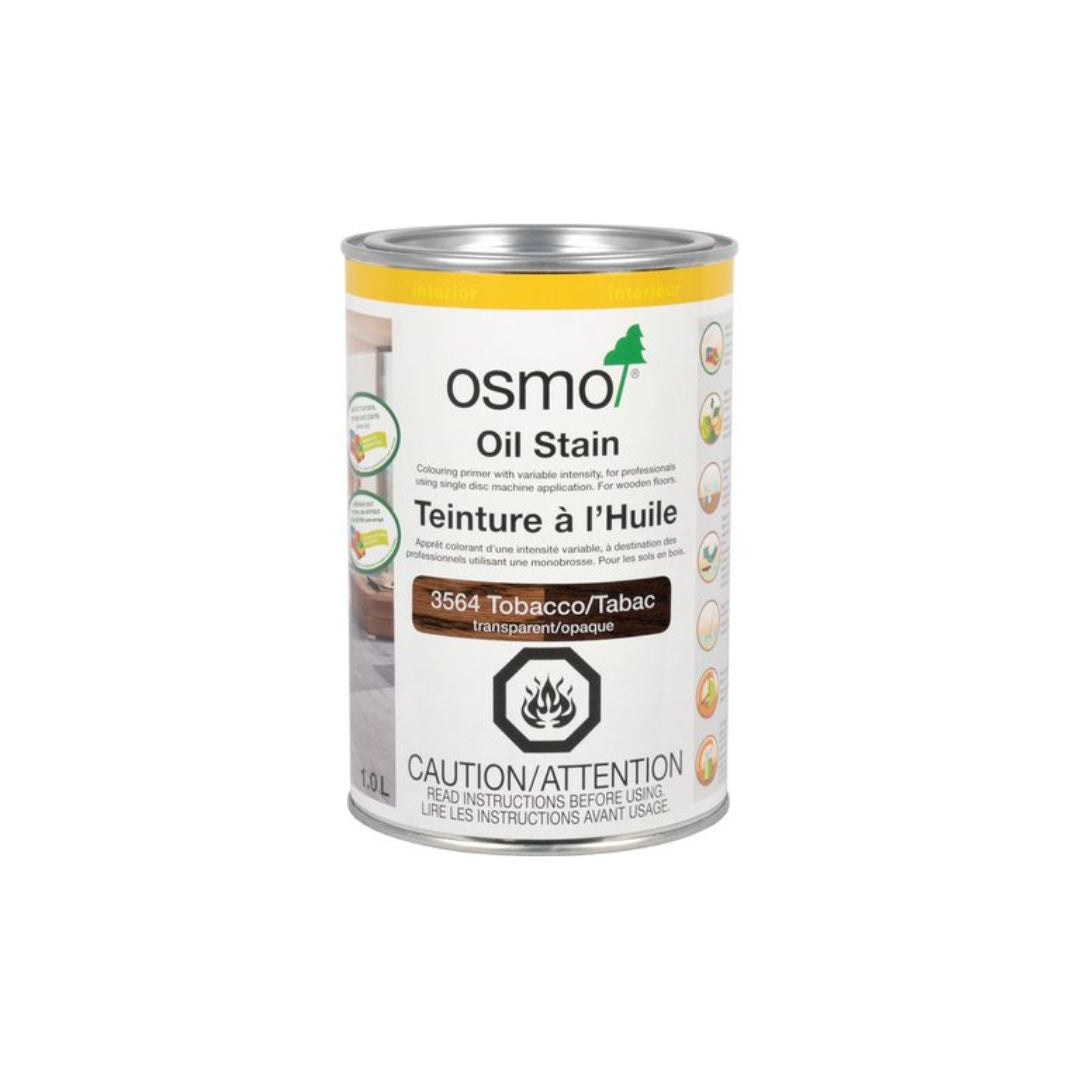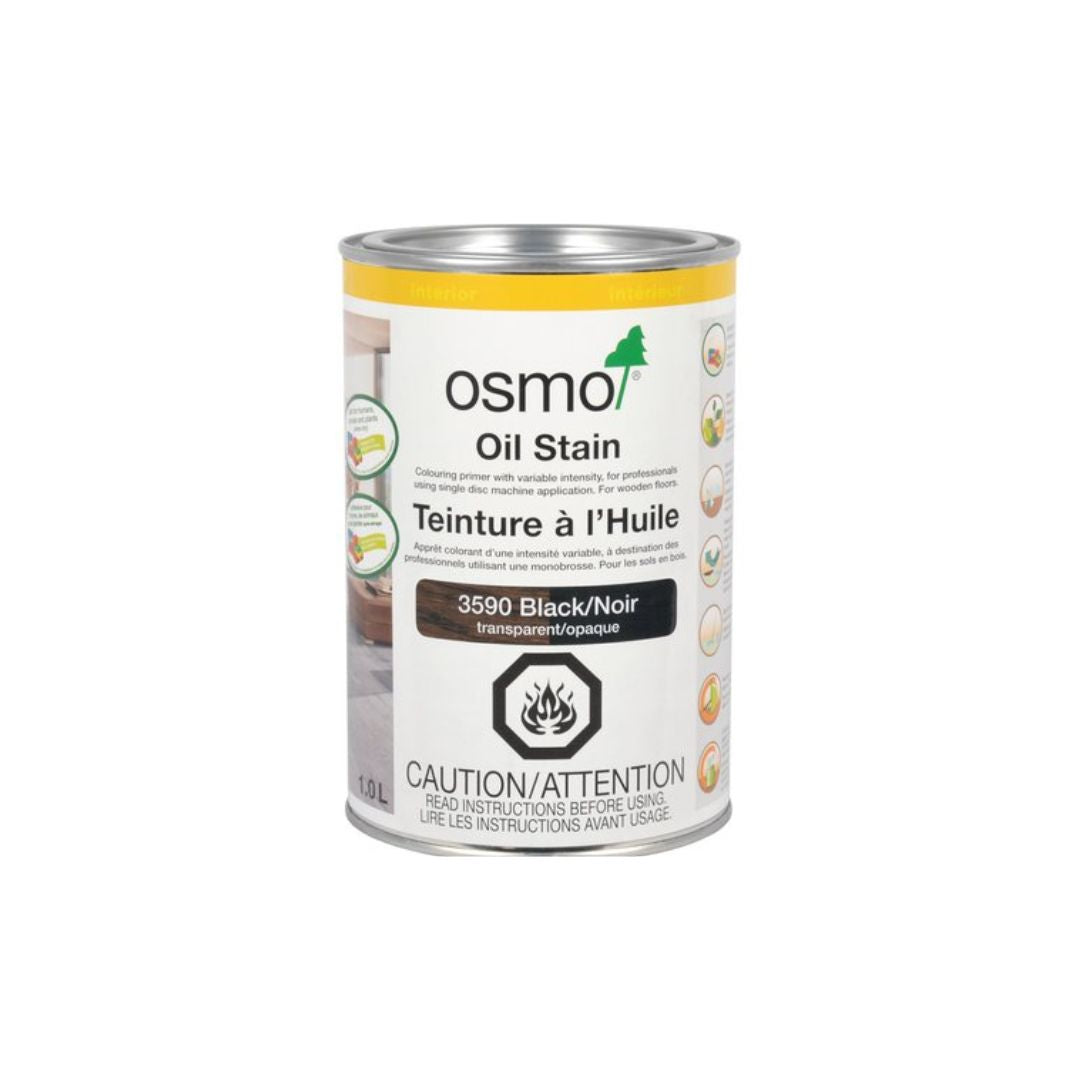Overview:
Transparent or intensively coloured primer for all wooden floors and furniture. Osmo Oil Stain is resistant to dirt, water and abrasion and smoothens the surface. In comparison to conventional finishes, the use of plant ingredients creates a more evenly coloured and more harmonious appearance. The necessary clear top coat is to be carried out with a clear Osmo Polyx®-Oil.
Suitable for wood; microporous surface does not crack, peel, flake or blister. Resistant to wine, beer, cola, coffee, tea, fruit juice, milk and water according to DIN 68861- 1A – no water spots. When dry, finish is safe for humans, animals and plants and is suitable for children’s toys as per EN 71.3 (European norm) and is saliva-resistant and sweatproof according to DIN 53160 (German industrial norm).
Recommnded Use:
Osmo Oil Stain is ideal as a coloured primer for all wooden floors, such as solid wood and plank flooring, blockstrip, OSB and cork flooring, as well as stairs and
furniture.
Coverage:
1 litre will cover approx. 260-516 ft2 (24-48 m²) with one coat. Coverage depends significantly on the condition of the wood. All information refers to smooth and planed/ sanded surfaces. Other surfaces may lead to differences in coverage.
Surface Preparation:
Wood surface must be clean, dry and frost-free (moisture content max. 18%).
Osmo Oil Stain is ready to use, please do not thin. Stir well before use. Clean old microporous stains thoroughly. Old paints and lacquers must be completely
removed. As a general rule, wear a dust mask during sanding works. Fill small cracks, larger joints or holes in wood (with Osmo Wood Filler). Sand wood surfaces carefully. Begin with coarse sandpaper – final sanding work for flooring P120-150, for furniture P220-240. Before oiling the surface, remove sanding dust with a broom or vacuum. The finished surface is, among other things, influenced
by the wood’s natural characteristics. Therefore, a trial application is always required, especially for unfamiliar surfaces.
Drying Time:
Approx. 12 hours (normal climatic conditions, 23 °C/ 50 % rel. humidity). Lower temperatures and/or higher air humidity can increase the drying time. Allow for good ventilation while drying.
